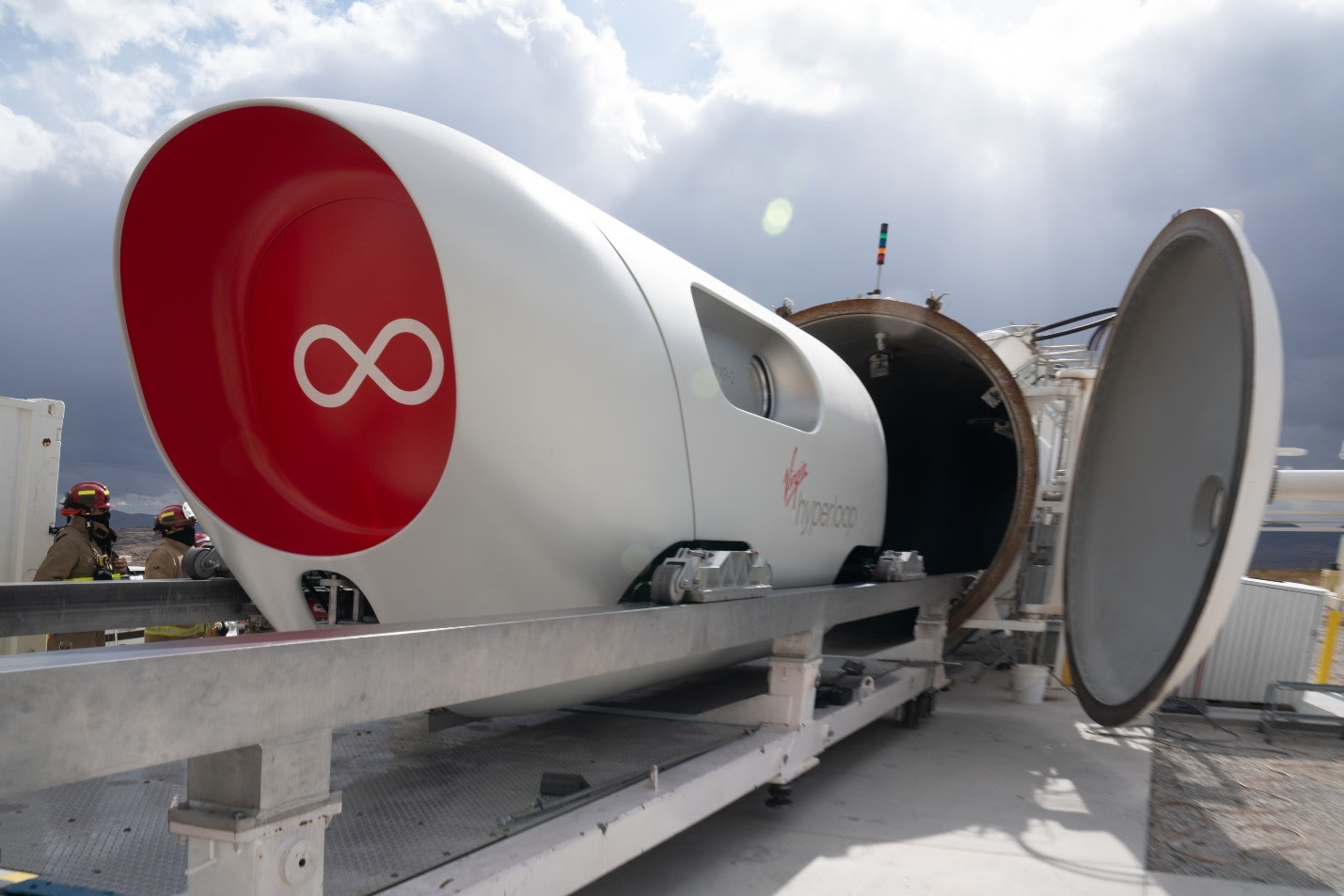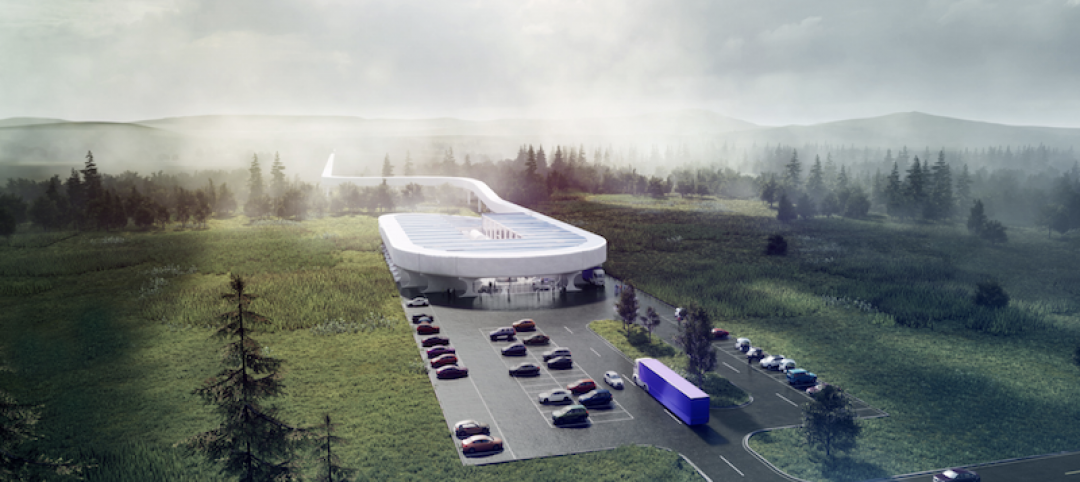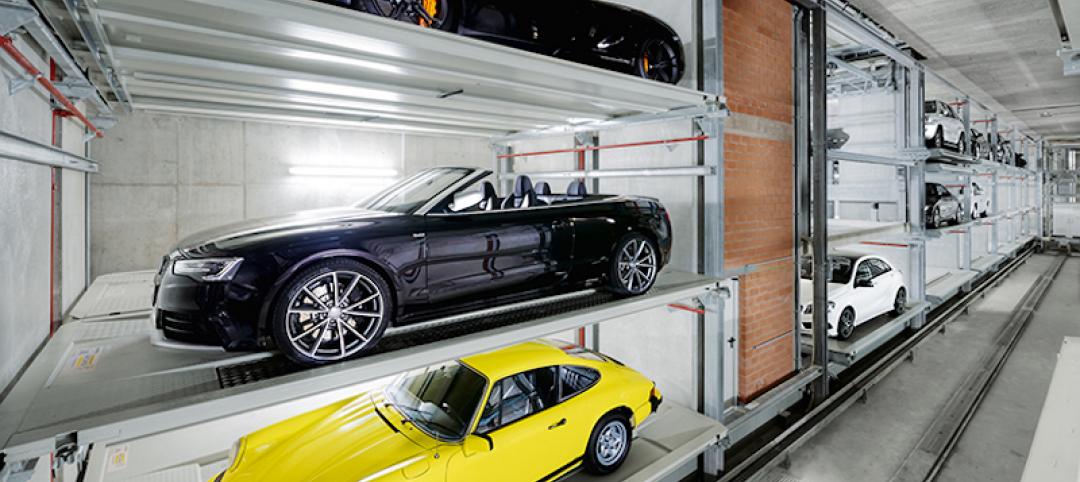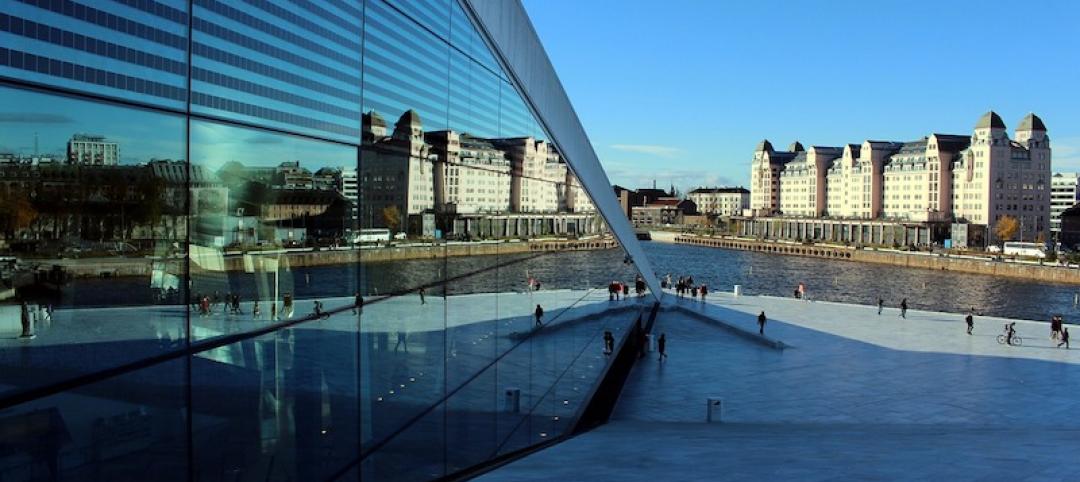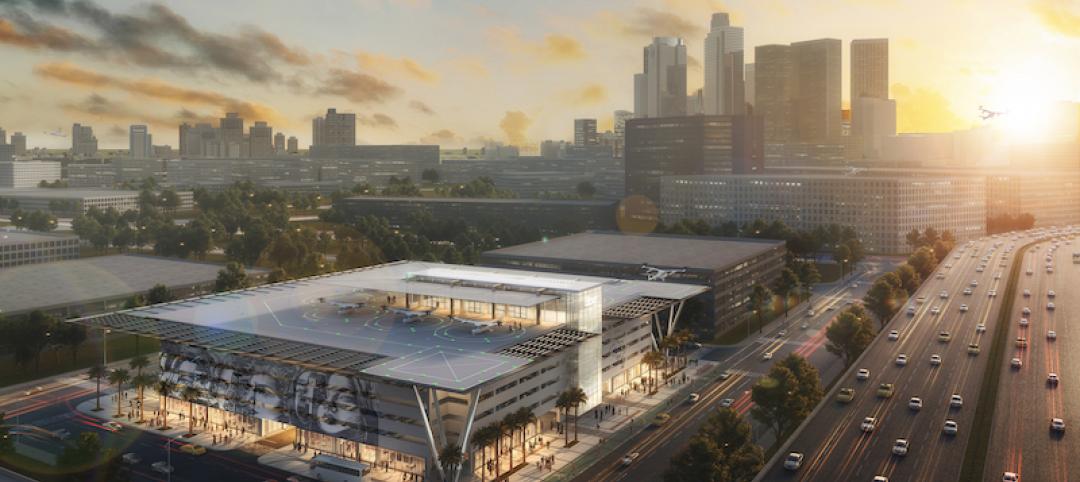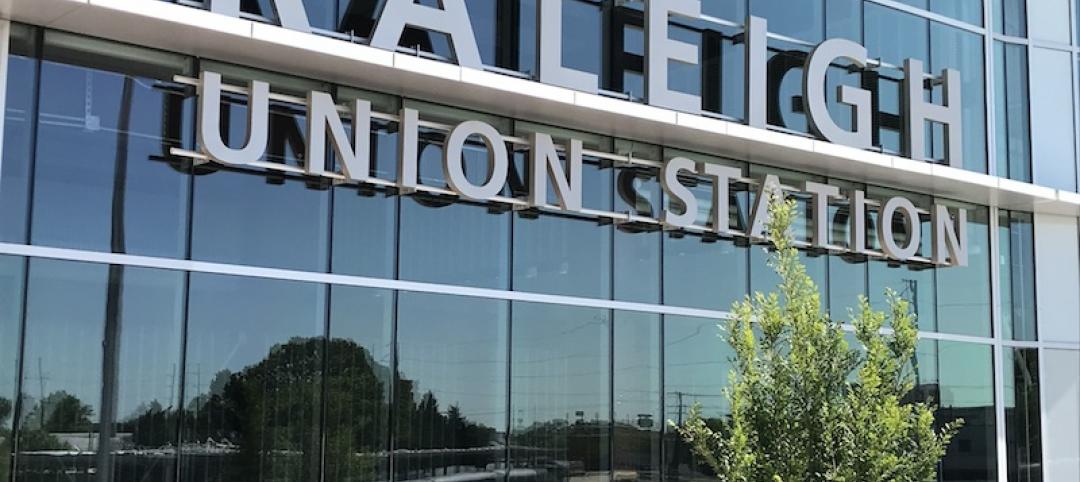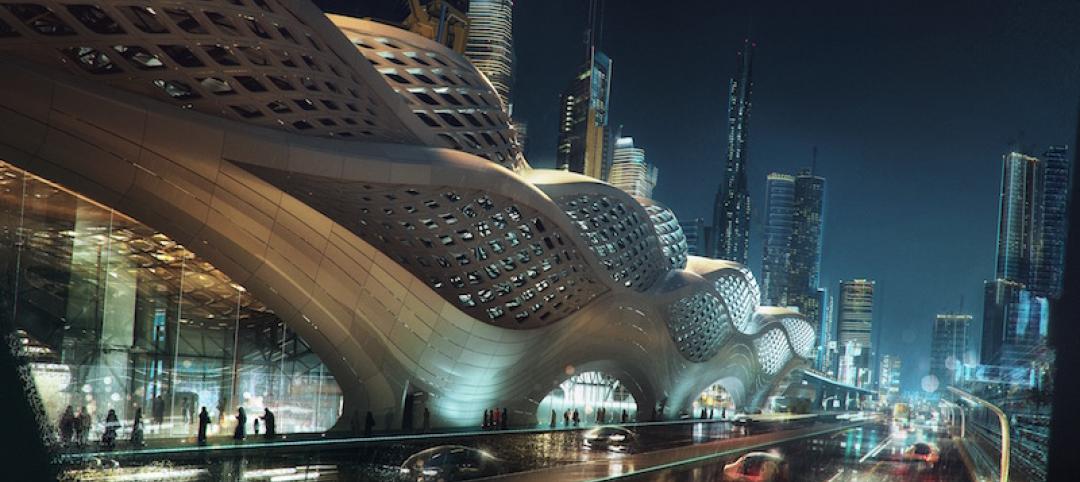After a year of close collaboration between Virgin Hyperloop, Bjarke Ingels Group (BIG), and Kilo Design, the Pegasus Pod has become the first manned and fully functional system for Hyperloop travel after a successful test in the Nevada desert.
BIG and Kilo designed for the pod’s first use case while also defining the design language and characteristics for future Virgin Hyperloop vehicles. The two-seater Pegasus Pod was built to demonstrate that passengers can safely travel in a Hyperloop vehicle. It is equipped with a control system that can detect off-nominal states and rapidly trigger appropriate emergency responses. The six-sm interior has the necessary safety equipment and controls built into the furniture. The production vehicle will be larger and seat up to 28 passengers.

The front scoops of the vessel create natural steps for easy entry and egress, and apertures on the sides of the fairing and on the front door contain a forward-facing window for outward viewing down the tunnel. These features create a link to Pegasus’ external design, where repeating soft forms and pill-shape cutouts are used to highlight depth, layers, and entryways.
Inside, the seating elements and extended arms function as an entry and egress aid, storage for safety equipment, oxygen throughput, and lighting. The seats can also be quickly assembled and disassembled for rear equipment access.
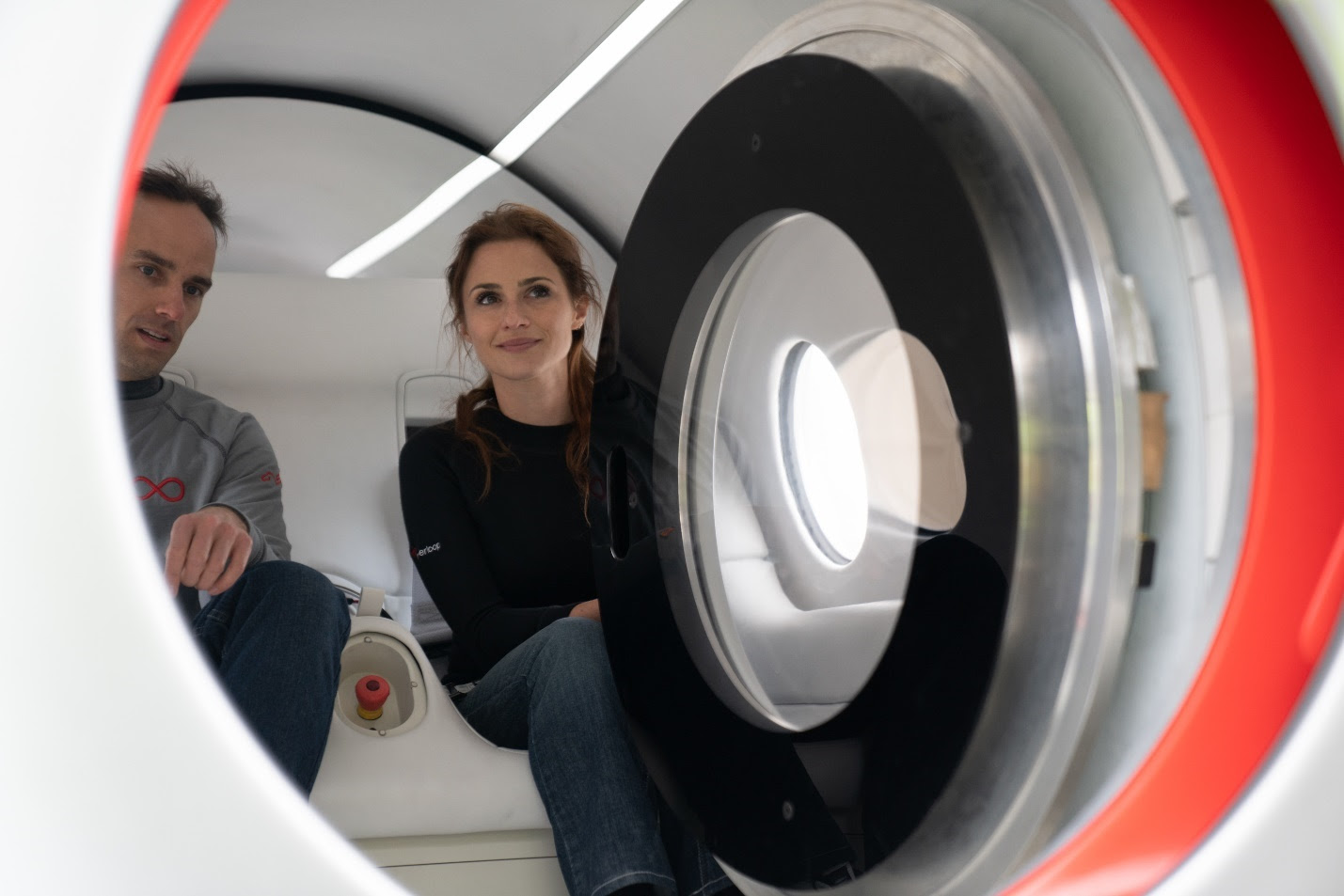
“When designing the future of transportation and the slate is sort of blank, the opportunities are endless. We’ve needed to adjust our way of thinking away from the classic modes of transporting like trains, planes and metros, and towards a new vehicle typology, closest to that of a spaceship,” said Jakob Lange, Partner, BIG, in a release.
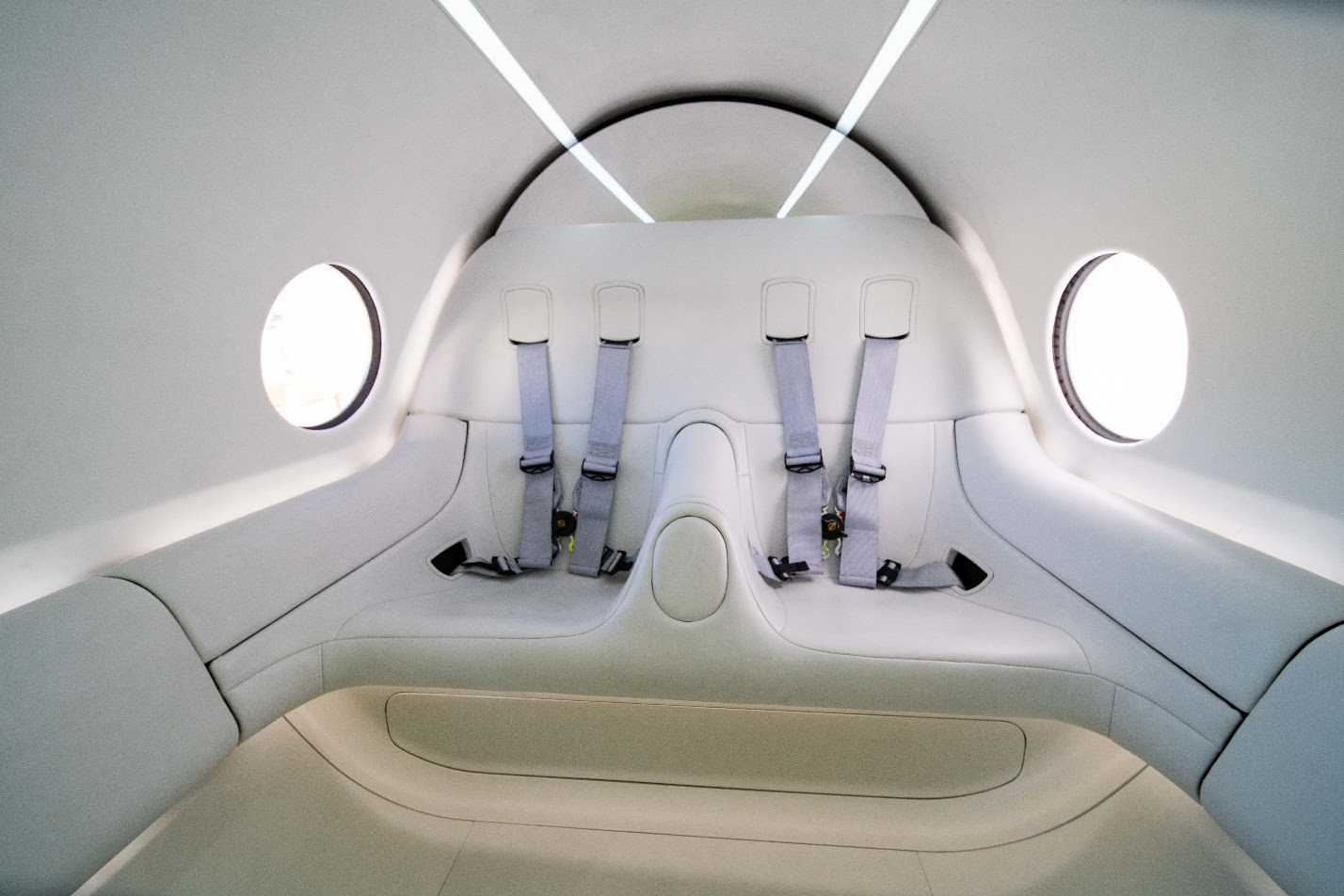
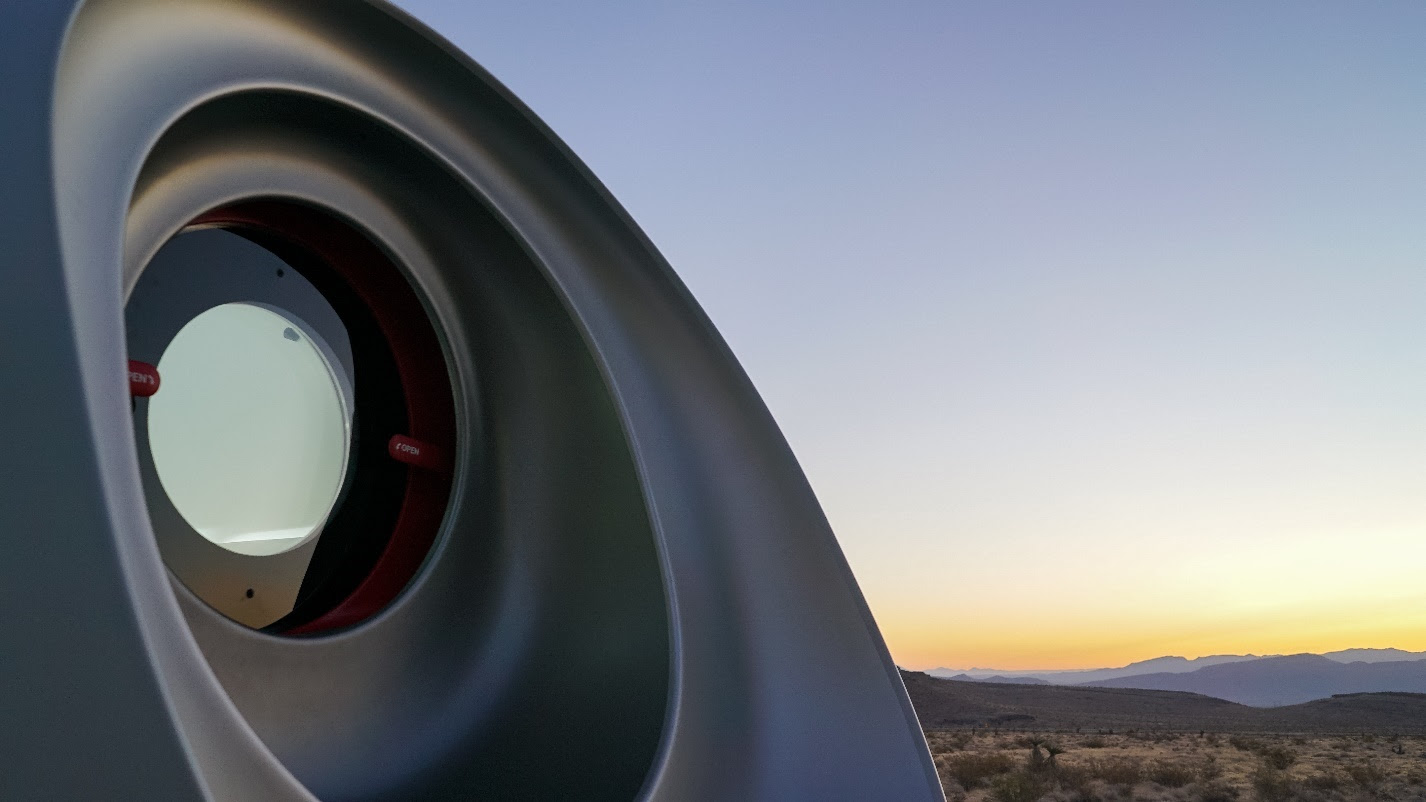
Related Stories
Transportation & Parking Facilities | Nov 18, 2020
BIG designs Hyperloop Certification Center for Virgin Hyperloop
The project is located in West Virginia.
Giants 400 | Aug 28, 2020
2020 Giants 400 Report: Ranking the nation's largest architecture, engineering, and construction firms
The 2020 Giants 400 Report features more than 130 rankings across 25 building sectors and specialty categories.
Cultural Facilities | Jun 19, 2020
A new ULI report chronicles the depaving of America
Fifteen examples of how parks and green spaces emerged from parking lots, garages, and underpasses.
Transportation & Parking Facilities | Feb 7, 2020
GLY Construction to build underground, robotic parking garage for Seattle Cancer Care Alliance
The project is being built beneath an upcoming addition to the clinic.
Transportation & Parking Facilities | Nov 1, 2019
Do car-free downtown zones work? Oslo, yes; Chicago, no
Two recent reports (October 2019) explore whether car-free downtowns really work, based on experience in Oslo, Norway, and Chicago.
AEC Tech | Aug 25, 2019
Deluxe parking: A condo building in Philadelphia offers its owners a completely automated parking service
This is the first “palletless” system that Westfalia Technologies has installed.
Transit Facilities | Jun 12, 2019
Gensler, Corgan reveal their design concepts for Uber Air Skyports
Eight firms in total revealed concepts for the first fully considered and technically feasible Skyports.
Transit Facilities | May 3, 2018
Completed Raleigh Union Station will serve as a catalyst for the city’s Warehouse District
Clearscapes and STV designed the adaptive reuse project.
Sponsored | Transportation & Parking Facilities | Apr 24, 2018
Emergency exit hatches provide swift egress in L.A. rail project
Besides subway riders, the exit hatches also support construction workers who are working on the rail line.
Transit Facilities | Mar 30, 2018
Zaha Hadid’s King Abdullah Financial District Metro Station incorporates futuristic façade
The façade required the creation of new algorithms by Newtecnic.


